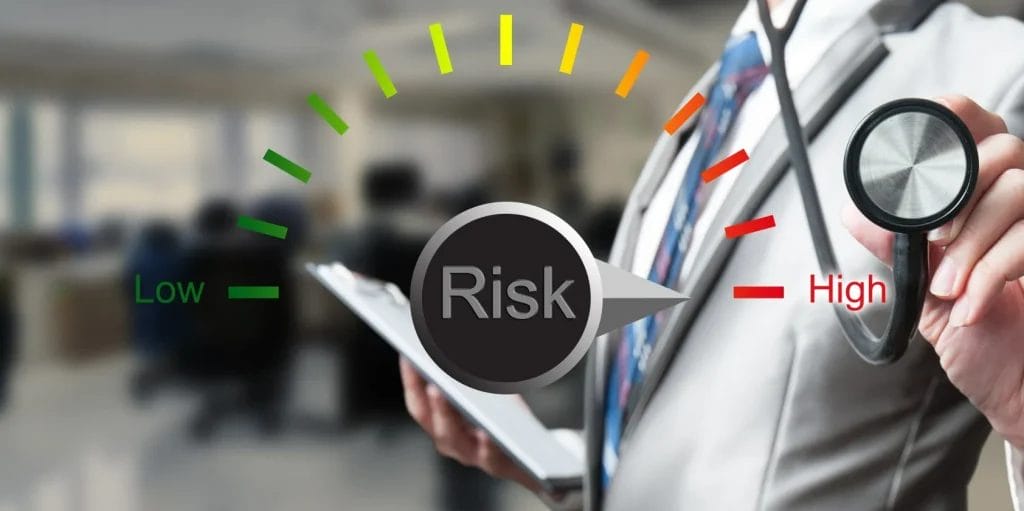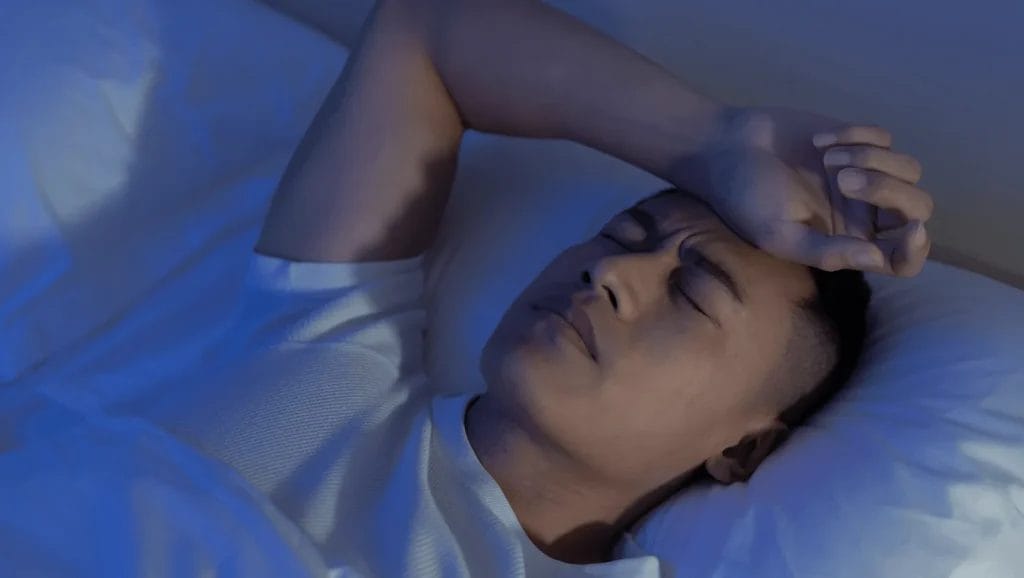Default
Migraine Comorbidities
A comorbid condition is a disease or condition that is simultaneously present with another, generally occurring in a greater frequency than with the general population. People with migraine often have one or more comorbid conditions, which further complicates their treatment. Today, Migraine Meanderings begins a new blog series, “Migraine Comorbidities.” This series will explore common comorbidities and the ways they impact life with migraine.
Read MoreMigraine Symptoms: Closing Thoughts
When people think about migraine, often what comes to mind is head pain, nausea, and sensitivity to light and sound. These are also the hallmark symptoms commonly used to identify and diagnose migraine. But those with migraine know these are often just the tip of the iceberg.
Read MoreLesser-Known Migraine Symptoms: Yawning, Thirst, Tinnitus
By now this Migraine Symptoms blog series has proven that migraine goes far beyond head pain. However, in addition to some of the more common symptoms, many people with migraine also experience a set of symptoms that is lesser known—yawning, thirst/dry mouth and tinnitus to name just a few. These symptoms can vary from being mildly annoying to having an intensely negative impact on quality of life.
Read MoreMigraine Symptoms: Numbness, Paralysis, Pins and Needles
People with migraine may experience numbness, paralysis, and/or pins and needles. This usually occurs during the aura phase and can be a warning that an attack is coming. These symptoms are common for those with hemiplegic migraine, a rare type of migraine with aura that causes weakness or paralysis on one side of the body. Experiencing numbness, paralysis, and/or pins and needles can be alarming as these often resemble symptoms of other more serious conditions, such as stroke.
Read MoreMigraine Symptoms: Sensory Hypersensitivity
Migraine is so much more than just a headache. It is often a full-blown attack on the senses. Many people experience sensory hypersensitivity to light, sound, noise, touch and motion before, during and after a migraine attack, and they can sometimes signal that an attack is coming. In addition, while sensory sensitivities are migraine symptoms, coming into contact with visual, auditory, movement and/or olfactory stimuli can also trigger migraine attacks, so it can be circular.
Read MoreMigraine Symptoms: Body Pain
Migraine is full body experience. Before, during and after an attack many people have body pain, including body aches, neck pain, facial pain and allodynia. The pain ranges from mild to severe, and can vary from person to person and attack to attack. Sometimes head pain will come along with body pain, but it’s possible to experience these symptoms and never have head pain at all. This symptom is very hard to cope with as it can make even the simplest daily tasks difficult to complete.
Read MoreThe Importance of Finding a Headache Specialist
Those with migraine face many challenges accessing quality care and treatment. Insurance barriers, lack of knowledgeable practitioners, stigma, and nervousness and anxiety due to previous negative experiences can make it very difficult to obtain appropriate healthcare. That’s why one of the most important things you can do is find a certified headache specialist or doctor who understands this complex disorder and is willing to partner with you on a treatment plan.
Read MoreMedical Gaslighting and Migraine: It’s Not All in Your Head
Medical gaslighting happens when healthcare providers dismiss, explain away, or don’t believe a patient’s symptoms. While this can happen to anyone, it’s especially common for women, and those struggling with invisible illnesses like migraine. It’s a dangerous practice that often results in misdiagnosis and/or the inability to receive appropriate and timely treatment and care.
Read MoreNavigating Insurance With Migraine
With more migraine treatments available than ever before, people with migraine can feel hopeful that they may find an option that brings them relief. Unfortunately, this process is not always as simple as it may sound. Insurance companies frequently construct barriers to treatment.
Read MoreWhite Coat Syndrome and Migraine
Many people with migraine experience what is called white coat syndrome, also known as white coat hypertension, which happens when someone develops higher blood pressure in the presence of a physician or other healthcare professional than is normal for them. White coat syndrome can happen to anyone, but for those with migraine, a trip to the doctor’s office can be especially anxiety-producing. As a result, in addition to higher blood pressure patients can experience increased anxiety, palpitations, fear, tightness in the chest, and more. What is most sad is that for some people the experience is so severe that it impacts their willingness to see a doctor, and access the care they need for disease management.
Read MoreMigraine Symptoms: Central Autonomic Parasympathetic Symptoms
Many people with migraine experience central autonomic parasympathetic symptoms. This
unique set of symptoms are rarely recognized as being part of migraine, which often leads to
misdiagnosis and inappropriate treatments. Though these symptoms are underrecognized, they
are actually fairly prevalent, and learning to recognize them may help guide diagnosis, provide
insight into treatment options, and help us understand the overarching burden of migraine
disease.
Migraine Symptoms: Speech Changes
Many people with migraine experience speech disturbances, also known as transient aphasia, which affect one’s ability to communicate. Speech communication is a complex process and more research is needed to fully understand how and why they are impacted by migraine. According to one study in which half of the participants experienced speech changes during migraine attacks, speech dysfunction could be as common of a migraine symptom as nausea and unilateral headache, and more common than vomiting. The study concludes that, upon further research, speech changes may be considered a key feature of a migraine attack. Despite this, speech dysfunction is not a migraine symptom that is frequently talked about.
Read More










